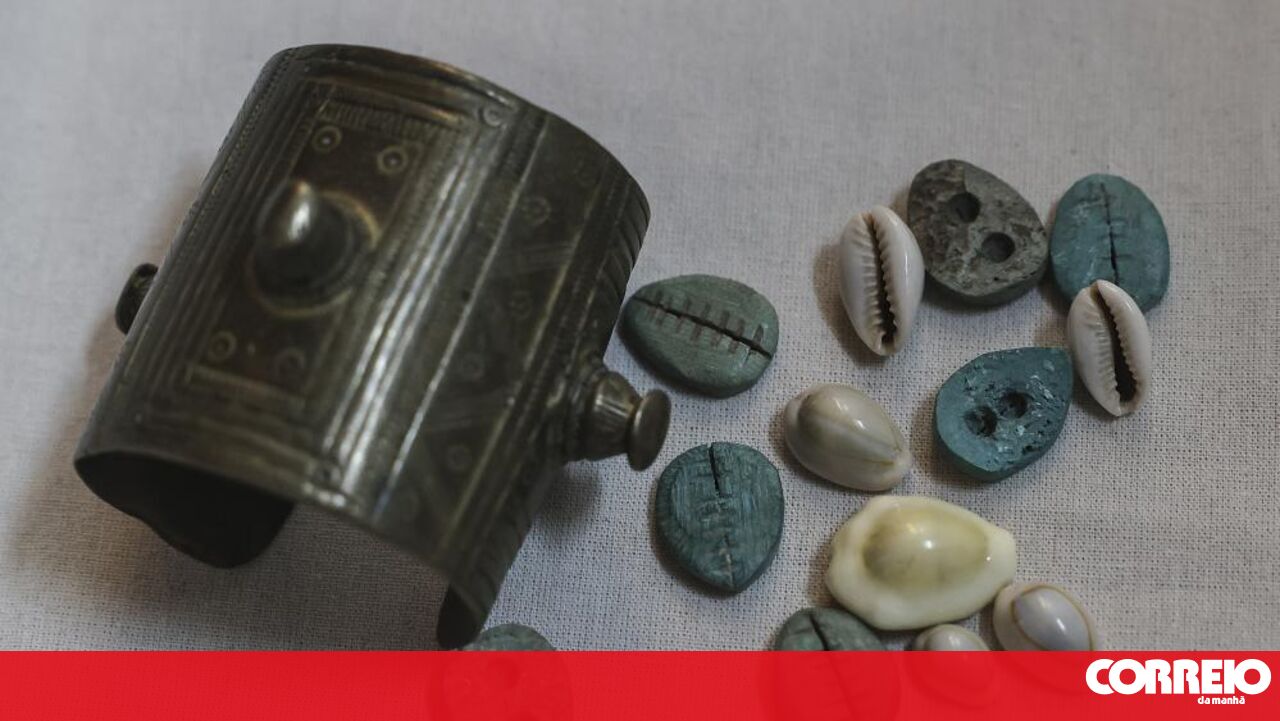Caurins, small shells once used as currency by the Portuguese to buy slaves on Africa's western coast, can now be seen and touched at the 'Testemunhos da Escravatura' guided tour in Lisbon's Money Museum.
A person was worth about 100,000 caurins, highlights historian Davide Santos, illustrating the grim reality of the slave trade. These shells, collected from the Indian Ocean's beaches, notably the Maldives, played a pivotal role in the structured and systematic slave trade starting around 1515.
Beyond caurins, the exhibition showcases other objects used in these transactions, such as zimbos (small shells gathered by women along Luanda's coast) and manilhas (metal rings also serving as adornments). The tour doesn't shy away from Portugal's role in the transatlantic slave trade, emphasizing the need to confront this painful history.
The museum also displays the largest gold coin minted in Portugal, symbolizing King João V's wealth, largely sourced from Brazil. This juxtaposition of beauty and brutality serves as a stark reminder of the era's complexities.
Initiated in 2017 when Lisbon was the Ibero-American culture capital, this tour is part of a broader effort to acknowledge and educate on the African memory of slavery. Portugal's economic development was partly built on the backs of enslaved Africans, a truth the museum confronts head-on.
Estimates suggest over 12 million people were enslaved and transported from Africa's western coast to the Americas, with Portugal leading this horrific trade. The exhibition is a poignant reminder of the millions affected and the importance of remembering this dark chapter in history.

















Comments
Join Our Community
Sign up to share your thoughts, engage with others, and become part of our growing community.
No comments yet
Be the first to share your thoughts and start the conversation!